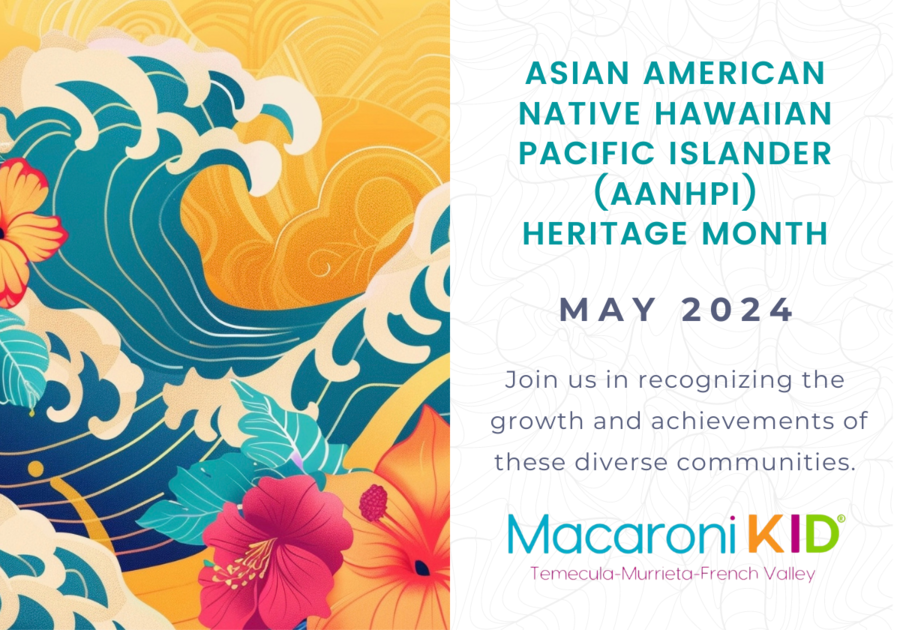In the month of May we take time to reflect and celebrate the important role that Asian American, Native Hawaiian and Pacific Islanders (AANHPI) have played in our shared history.
While we should be celebrating diverse identities all year round, now is the perfect occasion to learn, support, and celebrate the many cultural backgrounds, histories, and experiences that make up Asian American, Native Hawaiian, and Pacific Islander identities.
Asian American Pacific Islander Heritage Month began as a week-long celebration in the late 1970s that extended into a month-long celebration in 1990. The month of May was chosen in honor of the first Japanese immigrants who came to the United States and the completion of the transcontinental railroad, which both occurred during May.
Join us in having fun learning together, participating in meaningful dialogues, and examining internal practices and mindsets to ensure diversity, equity, and inclusion.
Did you know?
The AANHPI community in the U.S. spans 26 ethnicities and has more than 67 unique languages and dialects.
The Federal Government defines “Asian American” to include persons having origins in any of the original peoples of the Far East, Southeast Asia, or the Indian subcontinent.
“Native Hawaiian and Other Pacific Islander” includes Native Hawaiian, Samoan, Guamanian or Chamorro, Fijian, Tongan, or Marshallese peoples and encompasses the people within the United States jurisdictions of Melanesia, Micronesia and Polynesia.
Click here to see more detailed stats on the AANHPI population including voter registration, marital status, housing and income.
AANHPI Heritage Month History
Why is it celebrated in May?
The month of May was chosen to commemorate the immigration of the first Japanese to the United States in 1843 and to mark the anniversary of the completion of the transcontinental railroad in May 1869 through Chinese American immigrant labor.
To learn more about read on:
- June 30, 1977: The origin of AAPI Heritage Month dates back to the 95th Congress (1977-1978) when five joint resolutions were introduced proposing that a week in May be designated to commemorate the accomplishments of AAPIs.
- March 28, 1979: President Carter issued Proclamation 4650, the first presidential proclamation, for Asian/Pacific American Heritage Week. In this proclamation, President Carter spoke of the significant role Asian/Pacific Americans have played in the creation of a dynamic and pluralistic American society with their contributions to the sciences, arts, industry, government and commerce.
- May 7, 1990: President George H.W. Bush issued Presidential Proclamation 6130 designating May 1990 as the first “Asian/Pacific American Heritage Month.”
- May 9, 1990: The observance of Asian/Pacific American Heritage Week was extended to a month-long observance.
- May 14, 1991: Pub.L.102-42 was passed unanimously by Congress and signed by President George H.W. Bush. This law requested that the President proclaim May 1991 and May 1992 as “Asian/Pacific American Heritage Months.” This law also recognized the significance of May 7th and May 10th in the history of Asian/Pacific Americans. May 7, 1843 is the date on which the first Japanese immigrants arrived in the United States while on May 10, 1869 the first transcontinental railroad in the United States was completed with significant contributions from Chinese pioneers.
- October 23, 1992: Congress passed Pub.L.102-450 which permanently designated May of each year as “Asian/Pacific American Heritage Month.” Pursuant to Pub. L. 102-450 Presidents Clinton, George W. Bush, Obama, and Trump have annually issued proclamations designating May as Asian American and Pacific Islander Heritage Month.
- In 2024, President Joseph Robinette Biden, Jr changed the name to Asian American, Native Hawaiian, and Pacific Islander (AANHPI) Heritage Month .
How can I celebrate Asian American, Native Hawaiian, and Pacific Islander Heritage Month in May?
Here are a few activities we’ve rounded up to help you celebrate AANHPI heritage month:
1. Learn the differences between Asian Americans, Native Hawaiians and Pacific Islanders.
One of the most impactful actions kids (and adults) can take is understanding the differences between Asian Americans, Native Hawaiians and Pacific Islanders:
- Central Asians Afghan, Armenian, Azerbaijani, Georgians, Kazakh, Kyrgyz, Mongolian, Tajik, Turkmen, Uzbek.
- East Asians Chinese, Japanese, Korean, Okinawan, Taiwanese, Tibetan.
- Native Hawaiians and Pacific Islanders (in the U.S. Jurisdictions & Territories) Carolinian, Chamorro, Chuukese, Fijian, Guamanian, Hawaiian, Kosraean, Marshallesse, Native Hawaiian, Niuean, Palauan, Pohnpeian, Papua New Guinean, Samoan, Tokelauan, Tongan, Yapese.
- Southeast Asians Bruneian, Burmese, Cambodian, Filipino, Hmong, Indonesian, Laotian, Malaysian, Mien, Singaporean, Timorese, Thai, Vietnamese
- South Asians Bangladeshi, Bhutanese, Indian, Maldivians, Nepali, Pakistani, Sri Lankan.
- West Asians This is a contested term, most people from the region do not self-identify as such. West Asia is typically referred to as the Middle East; and geographically includes the countries of Bahrain, Iran, Iraq, Israel, Jordan, Kuwait, Lebanon, Oman, Palestine, Qatar, Saudi Arabia, Syria, Turkey (straddles Europe and Asia) United Arab Emirates and Yemen.
Show youth where these countries and territories are using a globe or Google Maps and pull up photos of native plants and animals, architecture in famous cities and more to help them visualize the environments.
2. Read Books with AANHPI Connections:
Picture books:
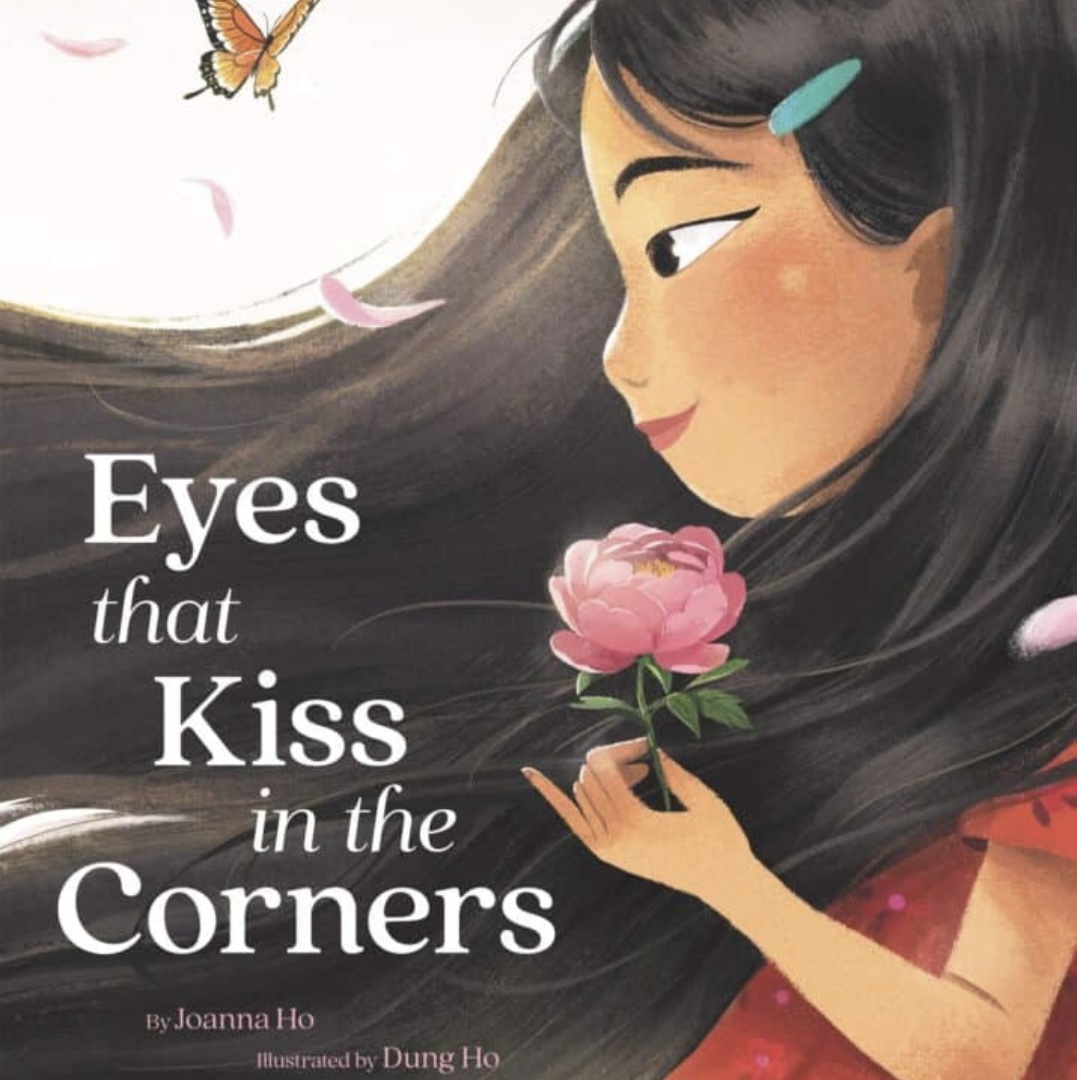 |
Eyes That Kiss in the Corners written by Joanna Ho, illustrated by Dung Ho
This beautiful book is a sensory, lyrical celebration of Asian eyes; a body-positive ode filled with self-acceptance and confidence as a little girl shares her thoughts on who she is and who the women in her family are, including her little sister and her Amah. “My eyes crinkle into crescents moons and sparkle like the stars. Gold flecks dance and twirl while stories whirl in their oolong pools, carrying tales of the past and hope for the future.
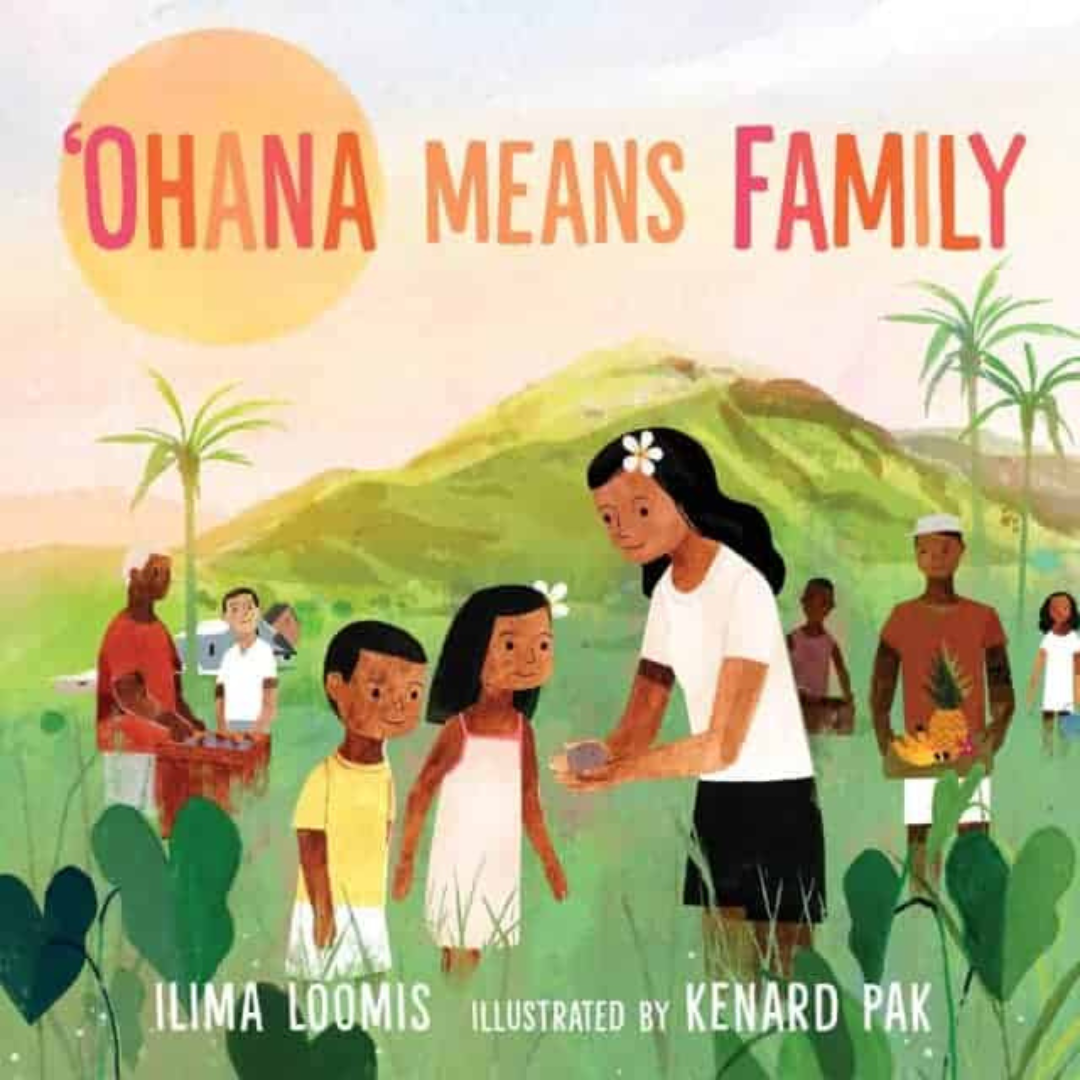 |
Ohana Means Family written by Ilima Loomis, illustrated by Kenard Pak
This book shares a Hawaiian cultural tradition of making poi for an ohana’s lu’au. Readers see the ohana’s connection to the earth in rain, sun, and mud. Finally, the family gathers at the end of the day together on a beach to eat and celebrate.
 |
Dreams of Marigolds and Masala written and illustrated by Meenal Patel
When Priya helps her Babi Ba cook rotli, her Babi Ba shares her memories of India…the smell of roasted cumin and masala, the sound of motorbikes whizzing by, the taste of a steaming cup of cha, the feel of the hot sun on your face, views of arches and domes of the buildings, the rainbow of saris, and brightly colored marigolds. Later, Priya makes her Babi Ba paper orange marigolds for their doorway in the U.S. to remind her. You’ll love the writing, the illustrations, and the story that celebrate India’s culture as well as a close grandparent-grandchild relationship.
 |
Sari-Sari Summers written by Lynnor Bontigao
Nora spends summers with Lola in the Philippines. This is the first year Nora is big enough to work at the sari-sari store. She cleans, measures, and sorts. But, the customers aren’t coming to the store. What can Nora do to help Lola? She suggests they make ice candy with the ripe mangoes from their tree. And the customers love them! A sweet story of culture, family, and food.
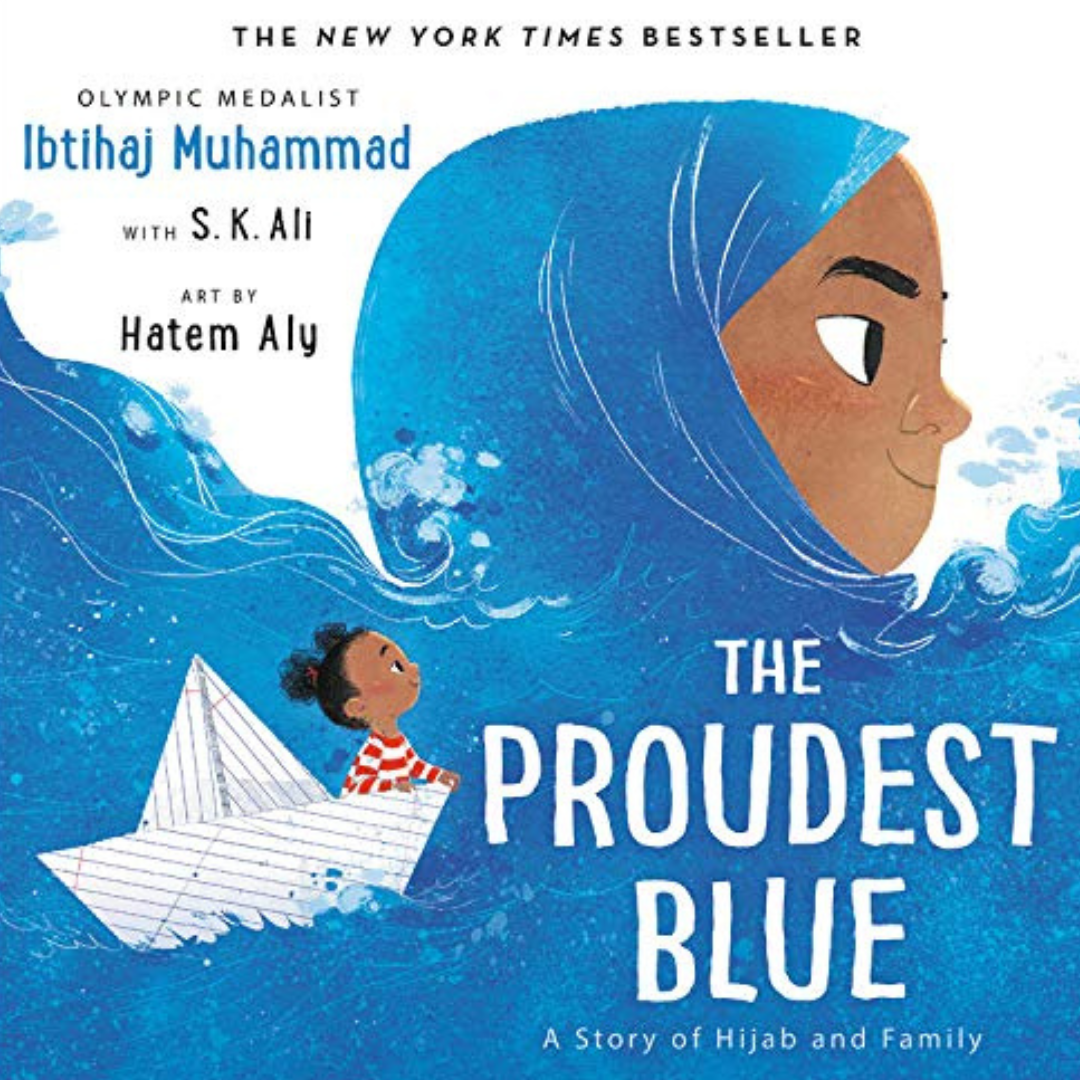 |
The Proudest Blue A Story of Hijab and Family written by Ibtihaj Muhammad with S.K. Ali, illustrated by Hatem Aly
This picture book narrates a loving, tender bond between two sisters. It’s a relatable, sweet story that shows the importance of the hijab in the Muslim faith and feeling pride in who you are. The little sister, Faizah, looks up to her big sister, Asiya, and when her big sister wears a beautiful, blue hijab for the first time, other students make fun of her. But Asiya remains strong and unaffected.
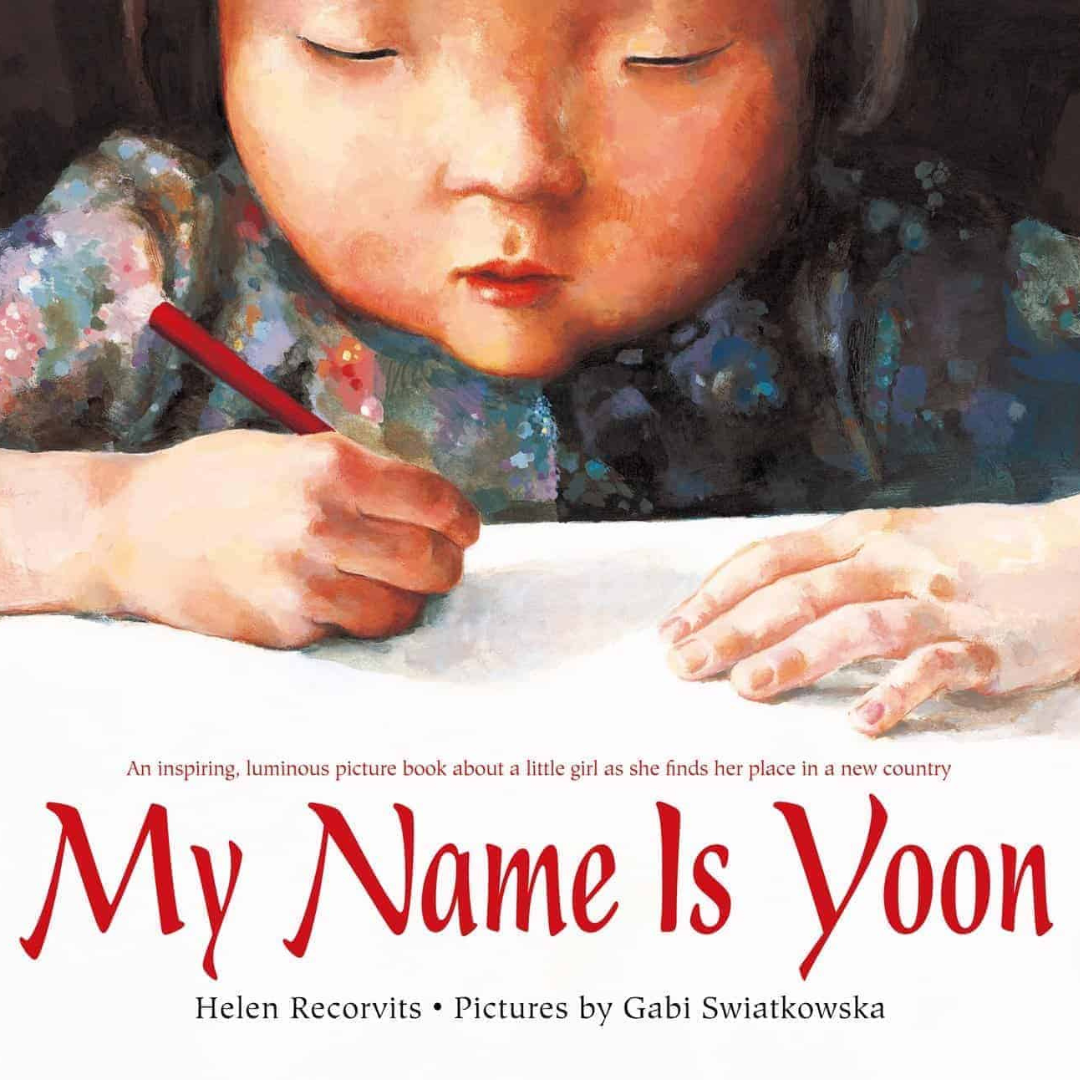 |
My Name is Yoon written by Helen Recorvits, illustrated by Gabi Swiatkowska
Yoon loves writing her name in Korean, but her father insists she must write her name in English. Yoon decides she isn’t sure about her name in English and wonders if another name would be better.
 |
Bilal Cooks Daal written by Aisha Saeed, illustrated by Anoosha Syed
Bilal tells his friends all about daal. Together, they carefully prepare the ingredients, then wait as the flavors mix together. While they’re waiting, they play outside. Finally, the daal is ready for more ingredients and the best part of all — eating! This story makes me want to eat daal, too — it’s a savory introduction to this lentil dish from South Asia as well as a warm-hearted example of sharing traditional foods with friends from other cultures.
 |
Watercress written by Andrea Wang, illustrated by Jason Chin
The girl’s family stops on the side of the road to gather watercress. She’s embarrassed and mad because she hates being poor. Later that night, while eating the watercress, her mom shares about her childhood in China and how her younger brother died from starvation. The girl feels bad for being embarrassed about her earlier perceptions. With a new understanding of her history and the value of having enough food, she eats the bitter, delicate watercress.
3. Create Art Influenced by AANHPI Cultures:
Make an Origami Crane from Japan
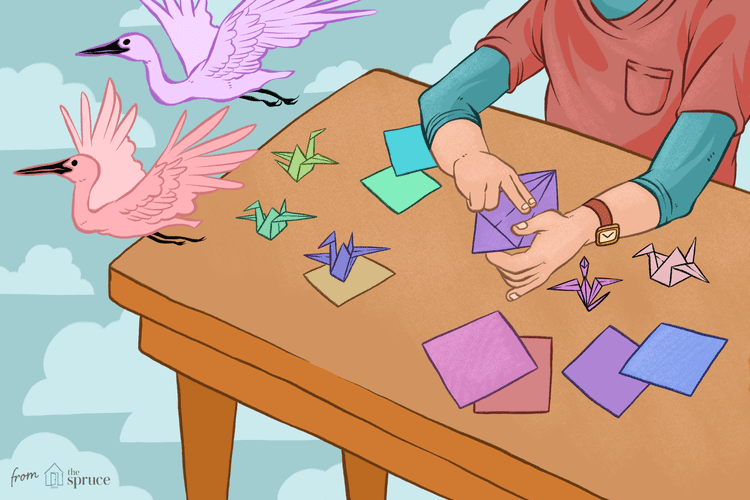 TOTAL TIME: 15 mins SKILL LEVEL: Beginner ESTIMATED COST: $1 TOTAL TIME: 15 mins SKILL LEVEL: Beginner ESTIMATED COST: $1Tip: If this is your first time making an origami crane, use a larger piece of paper so you can easily practice all the folds. |
Materials
- Sheet Square paper
Step-by-step video tutorial:
Learn about Sadako Sasaki and the 1000 paper cranes here:
4. Cook up something delicious inspired by AANHPI cultures:
 |
Lumpia (Lumpiang Shanghai) - a type of Filipino egg roll. The basic filling is composed of ground pork along with minced onions, carrots, and seasonings such as salt and ground black pepper. This lumpia recipe post is all about how to make the basic version. Feel free to use this recipe as a baseline.
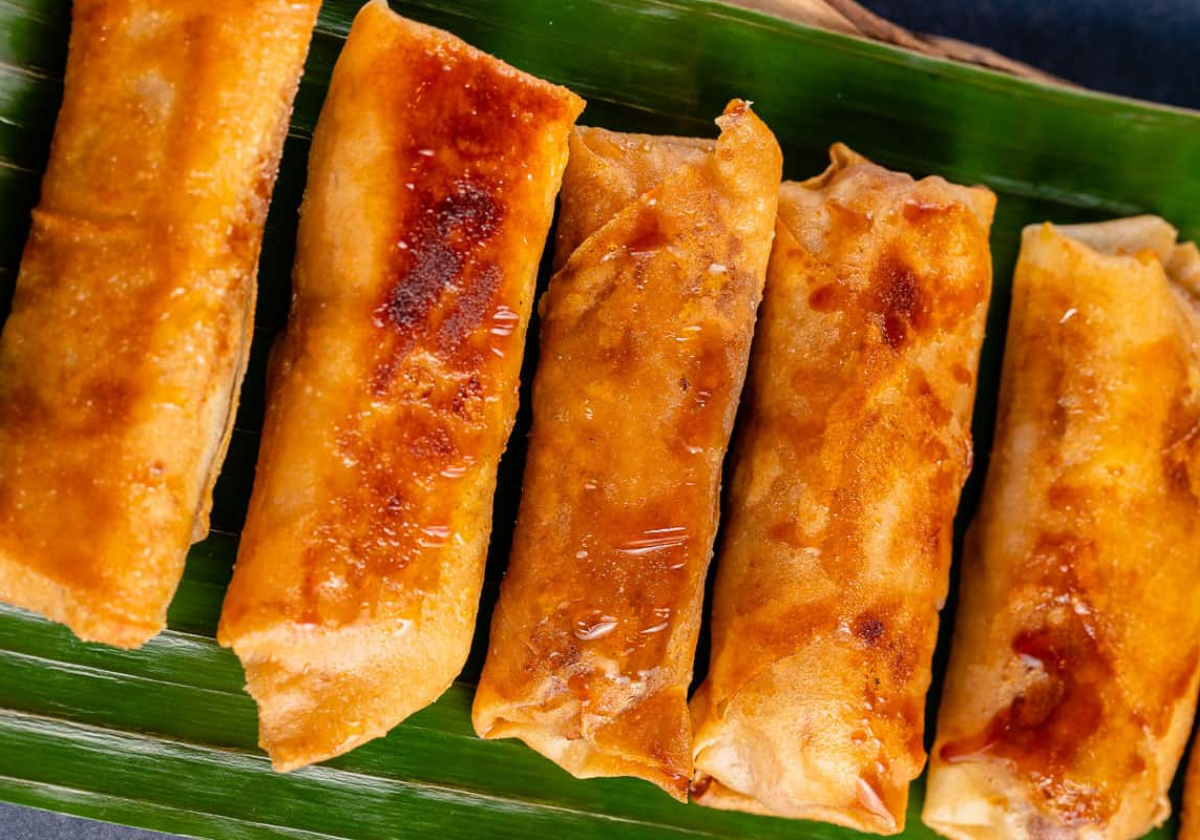 |
Turon - a dessert styled fried lumpia that includes sliced bananas (ideally the saba variety) and brown sugar, wrapped in spring roll wrapper and deep fried. Traditionally, turon is also made with sweet jackfruit, however some people don’t particularly like jackfruit though so here is a recipe without it.
 |
Spam Masubi - a popular snack in Hawaii. Spam Masubi is a type of sushi that features marinated cooked Spam and rice wrapped with nori. Check out this recipe by Ari Parfait, one of your fellow local MacaroniKID publishers.
5. Watch Movies & TV Shows with AANHPI Characters, Directors, & More
Watch movies and TV shows in which AANHPI actors play a central role (that don’t specifically focus on AANHPI culture) such as: Ms. Marvel, The Mindy Project, and Never Have I Ever.
Watch this year’s Academy Award-winning film, “Nomadland,” directed by Chloe Zhao, the first Asian woman to win the top directing prize.
Indulge in Korean dramas, (or K-dramas) which have become a worldwide phenomenon. Known for their interesting storylines and intense (if sometimes predictable) plot twists, Korean dramas can go from super sappy to incredibly heartbreaking to "what was that?" in a heartbeat. Click here for a list of kdramas to start your journey.
Additionally, Hollywood films directed by Asian filmmakers like “Crazy Rich Asians,” “The Farewell,” and “Searching". To get your fill of Bollywood, Netflix has compiled a comprehensive list and to capture Hollywood’s take, watch “Viceroy House,” “Gandhi” and “Mississippi Masala.”
6. Check out local events celebrating AANHPI Month:
Los Angeles Asian Pacific Film Festival (MAY 1-10, 2024) - The VC Film Fest has presented more than 5,000 films, videos, and digital mediaworks by Asian & Pacific Islander artists, and features seminars, panels, in-person guest appearances, and filmmaker awards. More info here.
FREE Asian Pacific Cultural Festival. May 18, 12-8 pm. The Asian Pacific Cultural Festival of San Diego is the largest celebration of Asian Pacific American Cultures in San Diego and will feature cultural and traditional performances from a dozen countries and cultures, including Japan, China, the Philippines, Vietnam, Korea, Myanmar, Indonesia, Hawaii, Cambodia, Thailand, Taiwan, Polynesia and more.
📍Mira Mesa Community Park, 8575 New Salem St. www.asianculturalfestivalsd.com
FREE AAPI Pop-Up Market. May 11, 1-5 pm. Lotus Magazine, in celebration of AAPI Heritage Month, presents 10+ vendors from local creators, a live DJ, Asian food favorites, a photobooth, free raffles and more. New Motion Beverages and Embolden Beer.
📍Embolden Beer Co, 8655 Production Ave., Suite #A, San Diego www.lotus-mag.com/lm-pop-up
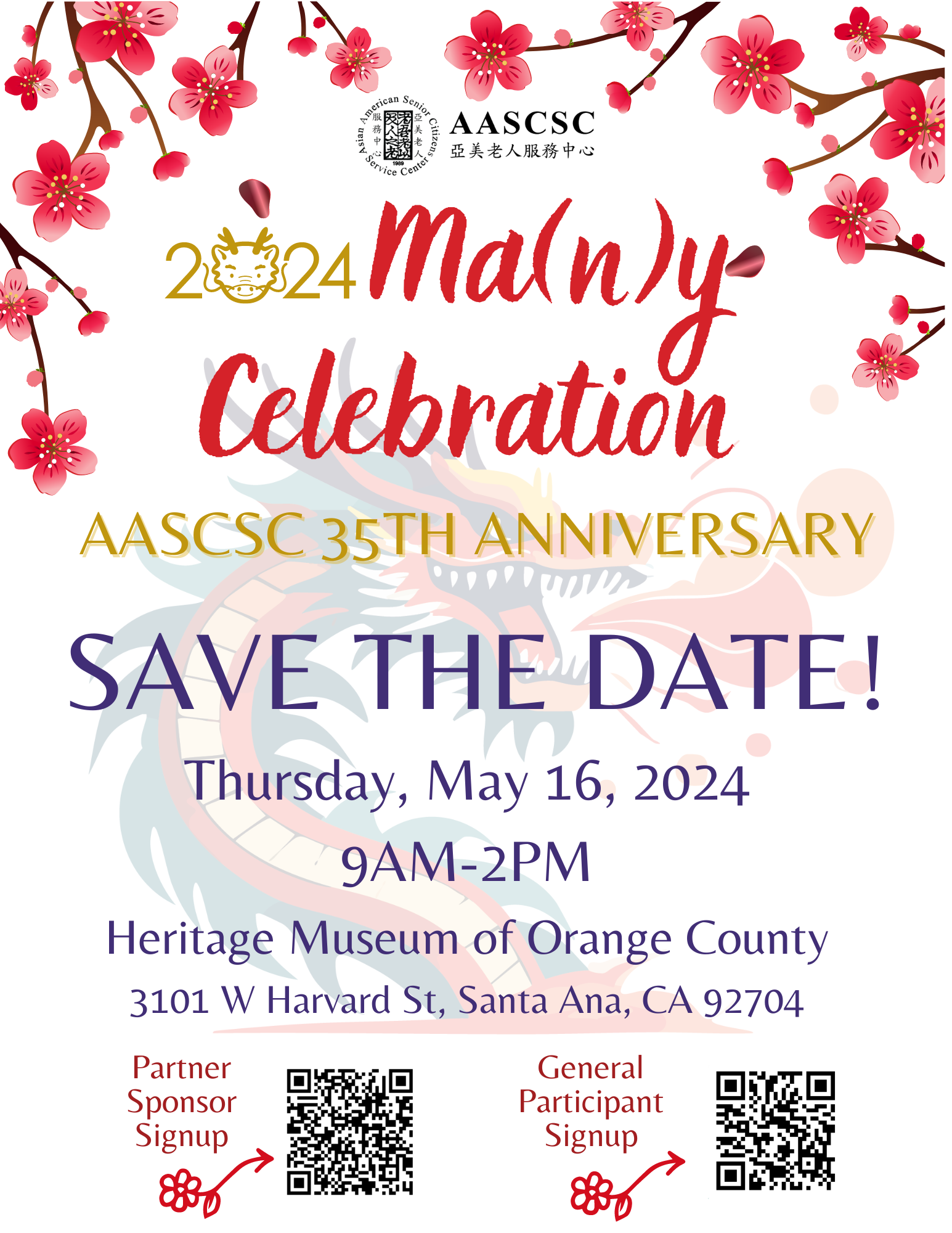 |
 |
 |
7. Support Businesses Owned by Asian Americans, Native Hawaiian, and Pacific Islanders:
Working with/Supporting AANHPI owned businesses is a great way to celebrate AANHPI heritage month. By making a financial commitment to support Asian American-owned businesses on an ongoing basis, you can create lasting impact, ensuring that the money you are spending gets reinvested in these communities.
Check out some of our favorite collaborations highlighting local AANHPI food, culture, and talent:
Schmack City
Banoi
Socal Sisig
Holy Boba Temecula
Hangry Bites by Chantel
Da Coconut Cafe
Tisoy Curryative Cuisines
Pnai
Luvly Rose Family Boutique
Kawaii House Murrieta
Coffee Crochet Friends
Puahis Polynesian Dancers
Malt & Hops and Dog Stitch
Dalki Designs
Glam Skin
One More Bite Dumpling House
Nailtural
Code Ninjas
Wellness Diagnostics and Medispa
The Wildling Wardrobe
8. Learn something new from any of the rich AANHPI cultures, such as:
Skin Stories of Samoa, Japan, and the Philippines:
Traditional Samoan tattoo ritual
Traditional Tebori (hand-poked) Japanese tattoos
Traditional Mambabatok tattoos of the Philippines
9. Help stop violence against AAPI communities:
In the wake of the COVID-19 pandemic, we have seen an alarming growth in anti-Asian sentiment.
We remains steadfast in our commitment to advancing equity, inclusivity, and justice for all members of our society. As a gateway to knowledge and access, we have a civic and ethical responsibility to support the advancement, well-being, and resilience of all people.
To help propel our mission, we offer a variety of resources and programs to help individuals cultivate and enhance skills and broaden their understanding of other cultures and social issues.
Checkout this comprehensive list of resources from Stop AAPI Hate.
10. Donate to support Hawaiian families who have been displaced because of colonization:
One of the greatest issues Hawaii has struggled with over the years has been the displacement of its Indigenous communities to make room for both the military and the millions of tourists that visit the islands every year. Kahumana Organic Farms is a nonprofit that helps homeless families in Hawaii that have suffered the toll of these industries.
Please join us in paying tribute to the Asian and Pacific Islander community who have enriched our nation and who have been instrumental to its progress.
May is also Mental Health Awareness Month and Jewish American Heritage Month. Make sure to explore our guides to learn how to celebrate these important heritage months.
 When visiting events and local businesses, be sure to tell them Macaroni KID sent you... and don't forget to tell all your friends!
When visiting events and local businesses, be sure to tell them Macaroni KID sent you... and don't forget to tell all your friends!
 |  |  |

